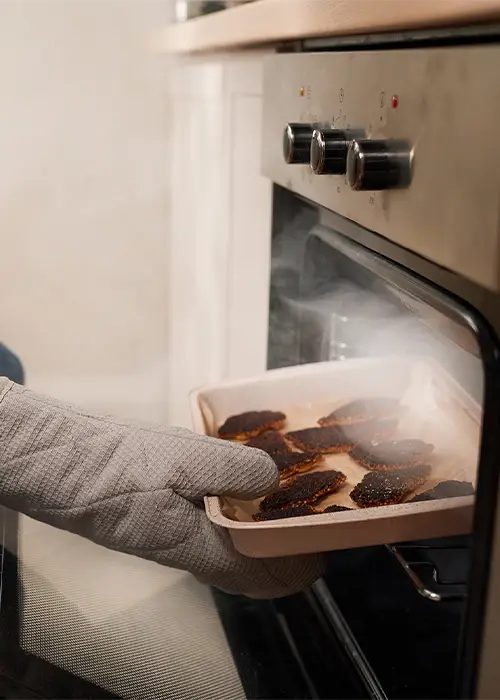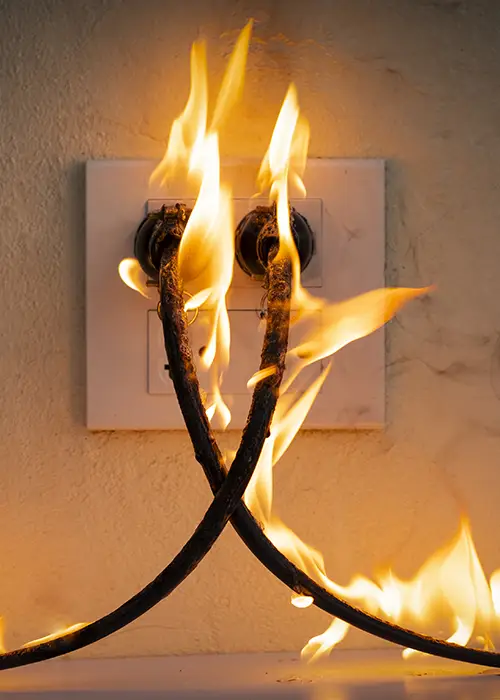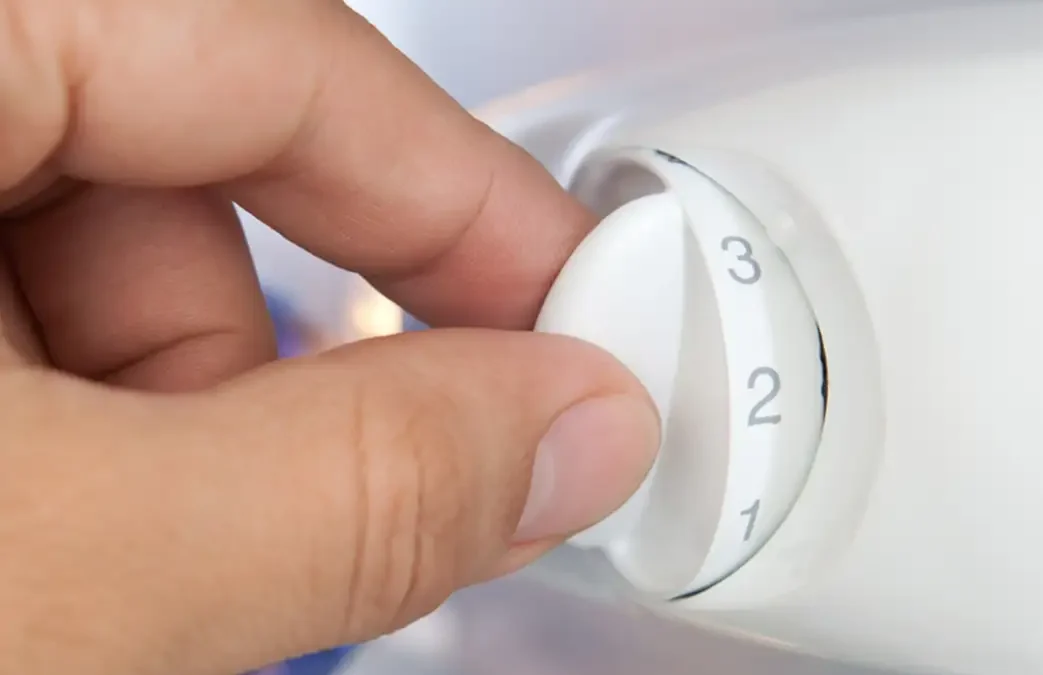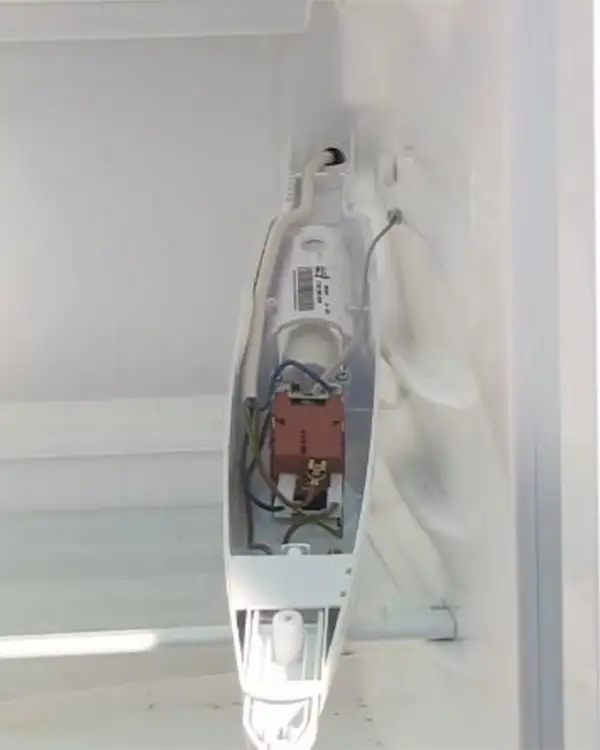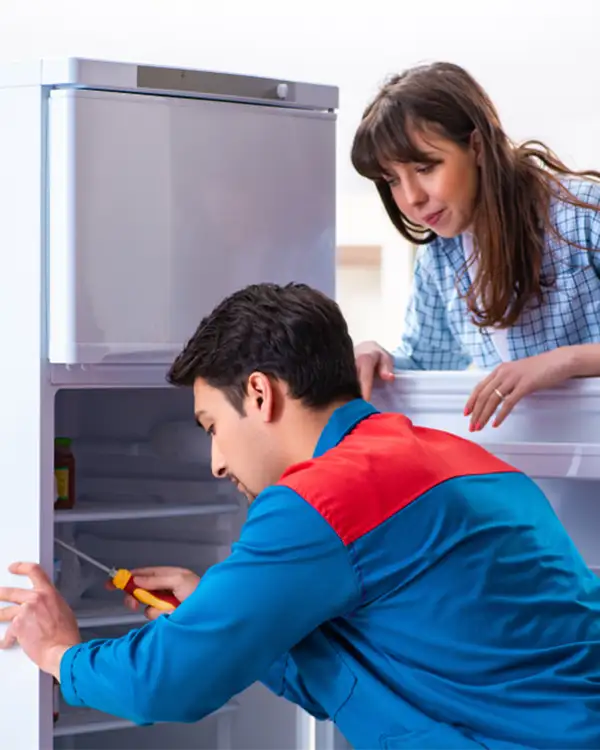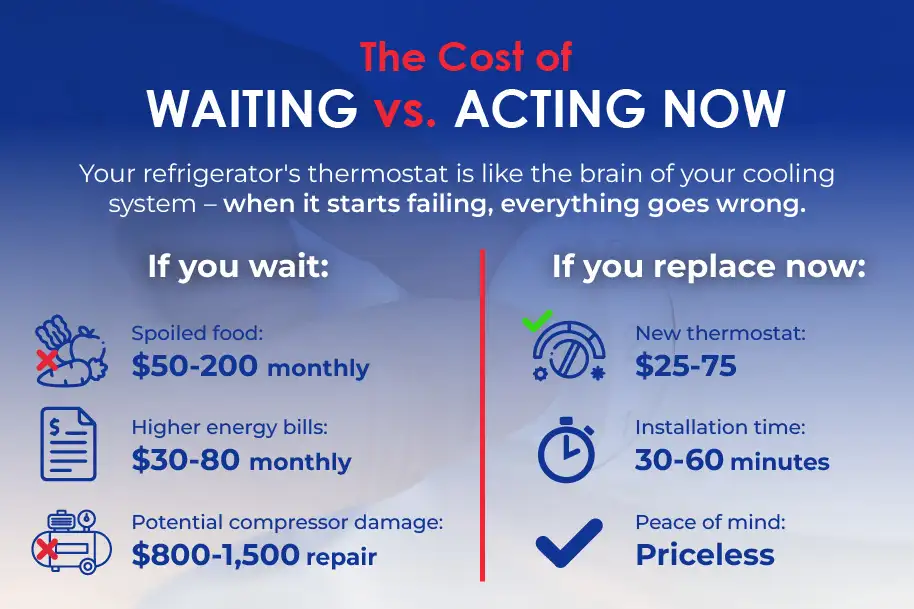
Más que una experiencia: ser asistente administrativa en Triple A Plaza
Cuando escuchas el título «asistente administrativa», tal vez pienses en alguien detrás de un escritorio llenando formularios o respondiendo llamadas. Pero quienes trabajamos en esta posición sabemos que nuestro rol va mucho más allá.
Mi nombre es Vanyeli, y en un entorno tan activo y dinámico como Triple A Plaza, cada día es diferente, y cada tarea que realizamos tiene un impacto directo en el buen funcionamiento de todo el equipo.
Mi jornada comienza organizando mi agenda y anticipando las tareas prioritarias del día. En Triple A Plaza, donde se manejan diversos procesos administrativos relacionados con áreas comerciales, operativas y de servicio al cliente, es clave estar siempre un paso adelante.



Uno de mis principales desafíos es coordinar y mantener actualizado el trabajo que debo manejar entre departamentos. Con cotizaciones, solicitudes internas, reportes, recibir partes, entregar partes, responder emails, crear citas, control de asistencias de colaboradores, hasta permisos y otros trámites, todo debe estar bien organizado y disponible. No se trata solo de estar al tanto de todo, sino de gestionar los procesos para avanzar sin tropiezos y que cada área tenga lo que necesita a tiempo.
Además de esa labor administrativa esencial, gran parte de mi trabajo implica ser un puente entre personas. A diario atiendo distintas áreas, organizo, doy seguimiento a pendientes y canalizar solicitudes. Muchas veces soy el punto de conexión entre quienes tienen una necesidad y quienes pueden resolverla.
Lo que más disfruto de mi trabajo es esa versatilidad: un día puedo estar ayudando en lo que se me solicite, coordinando y de esa forma solucionando. Esta diversidad mantiene mi trabajo vivo, retador y, sobre todo, útil para todos los que forman parte de la organización.
En medio de todo esto, he aprendido a actuar con iniciativa y, sobre todo, a mantener el manejo de información interna exige un alto nivel de responsabilidad y ética. Saber cuándo intervenir, cuándo observar y cuándo tomar acción sin esperar instrucciones es parte del crecimiento que he tenido en este rol. Esa capacidad de responder con autonomía refleja la confianza que la empresa ha puesto en mí, y es algo que valoro profundamente.
Pero no todo es sencillo. Hay momentos de presión, sobre todo cuando se acumulan solicitudes de varias áreas o surgen imprevistos. He aprendido a priorizar y mantener la calma, buscando siempre soluciones antes de presentar problemas. Eso me ha permitido crecer y ser vista como una persona confiable, resolutiva y comprometida.

Trabajar en Triple A Plaza también me ha enseñado lo importante que es la comunicación y el trabajo en equipo. Aquí, ninguna función es aislada. Cada uno cumple un rol que permite que todo fluya: desde el área de administración hasta mantenimiento, seguridad o atención al cliente. Como asistente, me toca interactuar con todos, y eso me ha ayudado a desarrollar empatía, flexibilidad y una mirada global del funcionamiento del lugar.
Hoy puedo decir que ser asistente administrativa no es simplemente un «cargo de apoyo». Es una posición estratégica, silenciosa pero esencial, que sostiene los procesos del día a día. Y en un entorno tan activo como Triple A Plaza, ese rol cobra aún más sentido. Me siento orgullosa de lo que hago, porque sé que mi trabajo facilita el de muchos, y eso me motiva cada día más.


